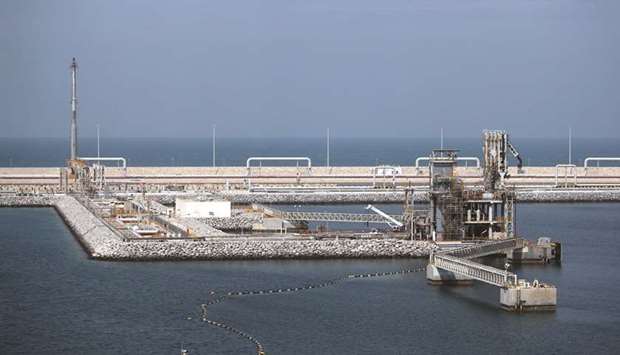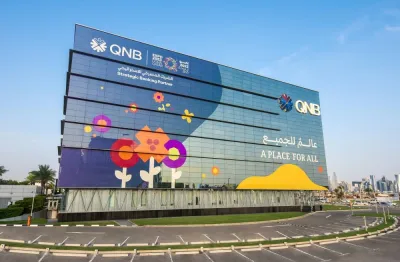Buoyant exports will drive Qatar’s current account surplus to nearly 9% of the country’s GDP in 2018; an increase of around 5%, a new QNB report has shown.
With oil prices expected to average $72 for a barrel and LNG demand growth in Asia remaining vibrant, hydrocarbon exports should sustain the country’s strong growth, QNB said in its ‘Qatar Economic Insight – September.’
On the import side, the expected pick-up in non-hydrocarbon GDP growth should see moderate growth resume, reflecting the twin drivers of steady population increase and continued investment spending.
Government policies to promote self-sufficiency and food security will however help cap overall import growth, QNB said.
For 2019, the current account surplus is expected to narrow back towards 7% of GDP as slightly lower oil prices crimp export revenues and moderate import growth continues.
Qatar’s current account returned to a surplus of 3.8% of GDP in 2017 on the back of higher energy prices, QNB said.
Exports saw a robust growth of 17.5%, reflecting the continued recovery in the oil price and booming LNG demand, particularly from China.
Imports, meanwhile, were broadly flat for the year as a whole.
The economic blockade by some of Qatar’s neighbours produced a temporary disruption to trade, but imports quickly bounced back to above pre-blockade levels as trade flows have been successfully re-routed.
Imports from Turkey in particular have jumped and continue to show strong growth so far in 2018, QNB noted.
Qatar’s headline inflation will remain muted in the remainder of 2018, the report said.
Inflation is expected to average of 0.5% for the year as a whole; little changed from 2017’s average.
Significantly higher inflation awaits 2019, when the expected introduction of VAT by Q2, at a rate of 5%, mainly on clothes, other durable goods and non-essential services such as restaurants, hotels as well as entertainment will temporarily add around 2.5percentage points to year-on-year CPI inflation lifting it to close to 3%, the report said.
From Q2 2020, annual CPI inflation will once again fall back as the VAT hike drops out of the annual comparison and with oil prices expected to slip back.
“We forecast CPI inflation of 0.5% in 2018, rising to 1.9% in 2019,” QNB said.
Over the last year, CPI inflation has been buffeted by a number of cross currents with a now ebbing spike in food inflation (12.6% of the CPI basket) and higher energy costs (6.1% of the CPI) militating against rental deflation (a 21.9% weight). The net result has been to leave headline inflation muted, QNB said.
The increased short-term costs associated with the blockade, such as setting up new trade routes and importing food from outside the region saw domestic food prices temporarily spike higher.
Food inflation jumped from -1.9% year-on-year in May 2017 to a peak of 5.8% y-o-y in January 2018 before subsiding to zero in June as the shock washes out, the report said.
F

ile photo taken on February 6, 2017 shows a part of the Ras Laffan Industrial City, Qatar’s principal site for the production of LNG and gas-to-liquids, some 80km north of Doha. With oil prices expected to average $72 for a barrel and LNG demand growth in Asia remaining vibrant, hydrocarbon exports should sustain the country’s strong growth, QNB has said.



